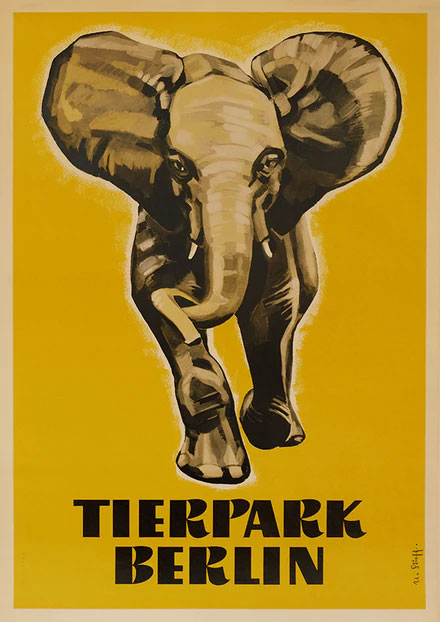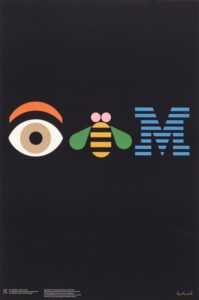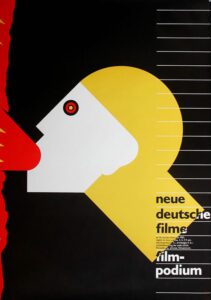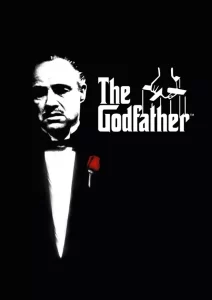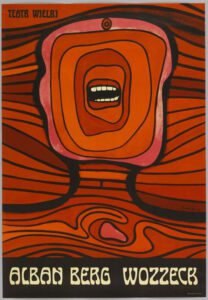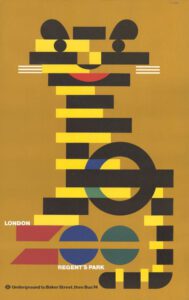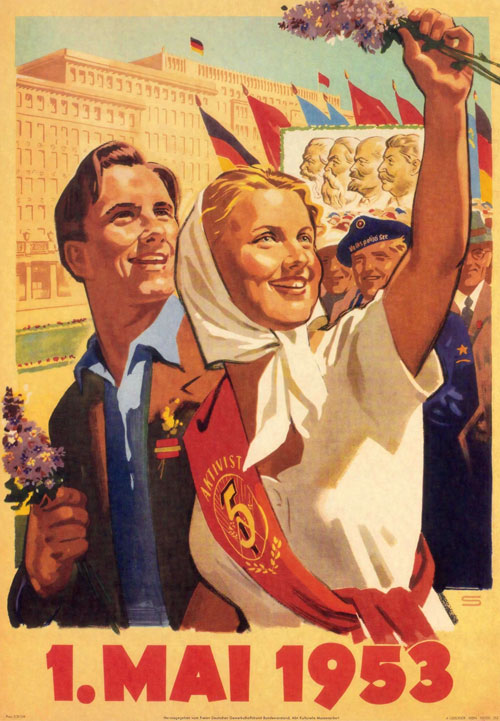
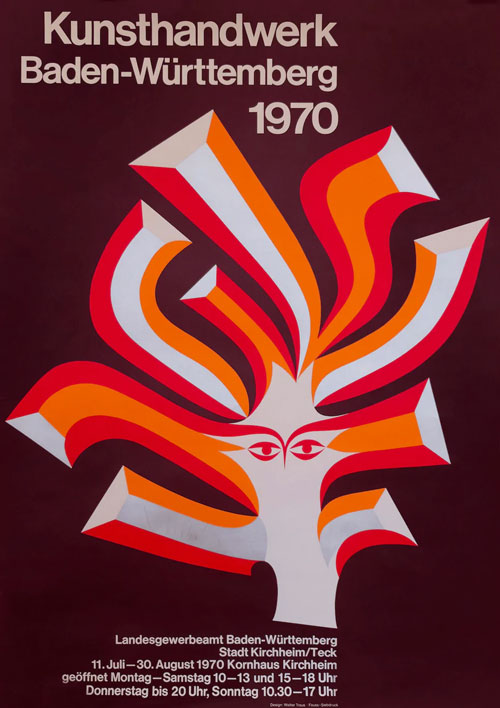
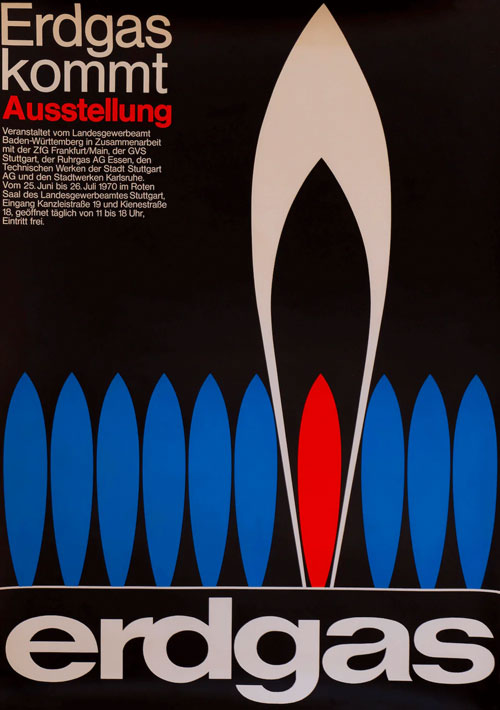
Life behind the Iron Curtain and the posters of the DDR
Standing at the edge of the Soviet Empire, and at the frontline of the Iron Curtain, East Germany was birthed in the wake of an all-consuming World War and spent much of its life at the centre of an equally all-consuming world power struggle (the Cold War).
With that in mind, it seems hard to believe that life could continue as normal for the approx. 17 million Germans who found themselves living in this state.
But, as the posters we share here indicate, life did indeed go on. The posters here show that – in amongst all the obvious communist propaganda posters – art, films, festivals and exhibitions continued to take place in East Germany, even if they were sanctioned by the State.
Here are 10 posters which give an insight into the East German era:
Freedom Freedom - J. Fribahi 1970
An important – and frequently overlooked – element of Soviet socialism was the idea that, by its very nature, it eventually would lead to a perpetually peaceful society worldwide. Many of the strictest Soviet ideologues didn’t believe themselves to be colonists or occupiers – they believed that they were simply spreading the peaceful ideals of socialism, which would naturally flower once the populace grasped them. (The fact that they had tanks and guns and armies at their disposal was neither here nor there, of course…)
This is the context of 1970s East Germany, where posters such as J Fribahi’s ‘Freedom Freedom’ worked effectively as propaganda.
The poster features concentric circles – like water ripples spreading outwards – with a dove (the universal symbol for peace) taking shape over the circles. The text translates as ‘The Peace The Freedom’.
The message inferred is: Soviet ideals spread peace and freedom.
A poster designed in a typical Soviet realism style, ‘1. Mai 1953’ centres on two joyous activists who are celebrating International Worker’s Day (an important day on the Soviet calendar).
The imagery is heavy-handed, with Stalin, Lenin, Marx and Engels all depicted in the background, alongside German and Soviet flags. It’s also worth noting that by June 1953 – a mere month after this poster was distributed – East Germans were holding an Uprising against the Soviet influence in the country. This surely adds a certain irony to the idealism of this poster.
